Column

The people especially the youth of the country motivated by secular ideologies came out to Shahabagh Square in Dhaka to demand justice for the victims of the 1971 liberation war (Internet)
Is it a good time to be middle From 1947 to 1971, politics was largely dominated by middle-class leadership and issues. The most iconic one was the Language movement - 1947-1952 - which mixed two of the greatest middle-class concerns - elite text culture and economics particularly access to salaried jobs.
The decision by the Pakistan government to make Urdu the only state language was one of the most self-destructive decision ever. It ignited the already unhappy middle class of East Pakistan into large scale protests with no options left. Their job markets were about to be severely slashed by excluding Bangla as one of the state languages.
Their entry into the civil service, media and even the education sector would be almost all gone. It's not an accident that the greatest explosion of the Language Movement happened at the Dhaka University campus, the centre of graduates who would be affected most by the decision.
But the decision was not manifested through economic arguments but cultural motifs and the right to language semiotics which became political in nature very soon. So cultural issues are always the box in which economic issues are packaged. It doesn't matter whether its language or faith identities. Often both combine to produce a third identity which is territory as it happened in case of the Bangladesh movement.
This issue was built around disappointment and aspirations, both social and economic. It allowed the Awami League, a party led by the middle class to construct its core and branch out to cover all other space. But key leadership always belonged to the middle. It's the ultimate middle class party and is often a mediator of various other streams. Once all lines could meet and ultimately become a rainbow in politics as it happened under Sk. Mujib. That rainbow catcher was the middle class in Bangla politics. But is that changing?
Shahbagh, Hefazat and the quota movement
The Shahbagh movement is often described as an initiative intended to renew the spirit of 1971. It was a declaration of rage against the war criminals rooted in Pakistan and essentially on the surface a cultural movement to uphold the ideals of the Liberation War. It was almost a reformist cultural imitative, an attempt to strengthen the identity of the class that led the war but felt at bay.
It was explosive and full of symbolisms and it's no accident that it was led by the young. It was even physically located near the Dhaka University, the centre of all beginnings. For the middle class, defined by their education, cultural nuances and a lifestyle often codified by their traditional social values, "Shahabagh andolon" is the closest we have seen to the "Bhasha andolon".
However, the middle class is already suffering from lack of socio-economic space in current Bangladesh. Shahbagh was 'attacked' by the religious conservatives particularly by the rural groups who saw in it and its "irreligious" markers a threat to their traditions and socio-economic space. They had also become powerful enough due to rural development to challenge the capital which was used by the BNP and JI in an attempt to topple AL.
"Shahbagh" didn't win till the end and the AL took over the movement making it a party affair with its own political priorities. The Hefazat, the major social force from rural areas, challenged Shahbagh too but when it challenged the government, it was whacked just was BNP and JI. Yet Hefazat became an AL ally which means Shabagh and the AL are different.
The growing middle with shrinking economics
The government has given concessions to the Hefazat but not the Shahbagh class. The economic uncertainty of the urban middle class is obvious and the anti-quota movement was a good example of that. It's the middle class looking for jobs and not enough are there and those there are aren't very good. But unlike the Hefazat, the middle-class activists were beaten up by the police and AL cadres.
It's this band of the middle class, the old and new who are beneficiaries of rural development, many coming from the small towns, looking for education and jobs in the city that is not very happy with the current economic policies. This has always been the traditional middle class base of the AL, but they have not gained much in comparison to other classes. We have seen two outbursts,- quota and safe road movements- have seen how such movements tend to merge and blend with other causes and observed how they can cause large problems. They are not political but socio-economic movements proving many are not happy.
That is why, without waiting for the future to spring an unpleasant surprise as the two movements did, AL's policy should look more seriously at improving the lot of the urban, educated middle class , no matter how tempting it is to ignore this numerically smaller group. This is all the more so because more and more will join the urban middle class in our tomorrows and its lack of economic space will cause more unpleasant headaches as 2017-18 showed. qclass in Bangladesh?









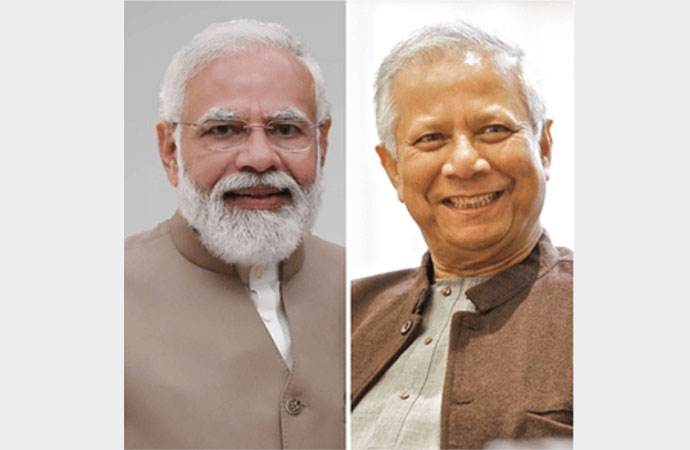
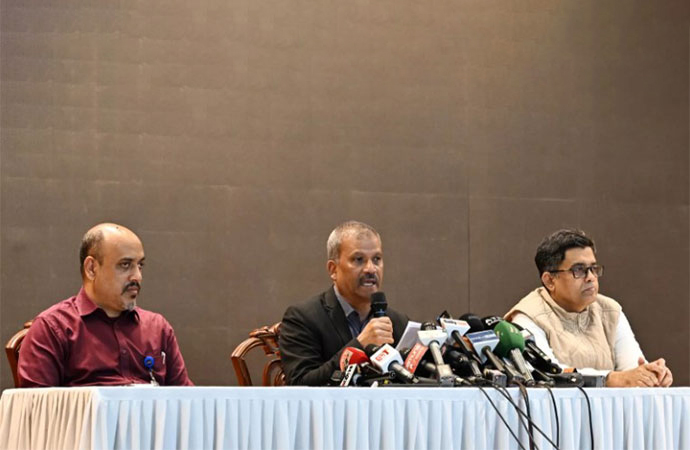


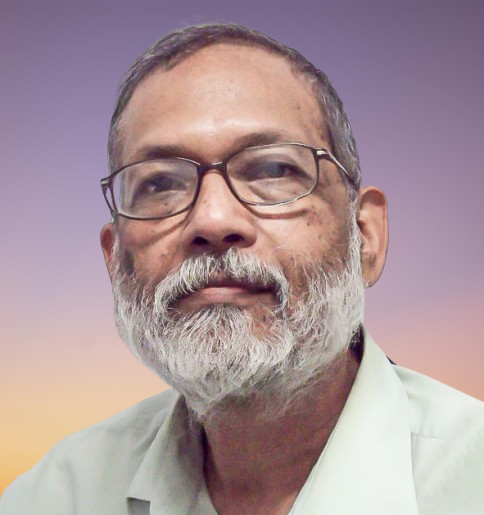








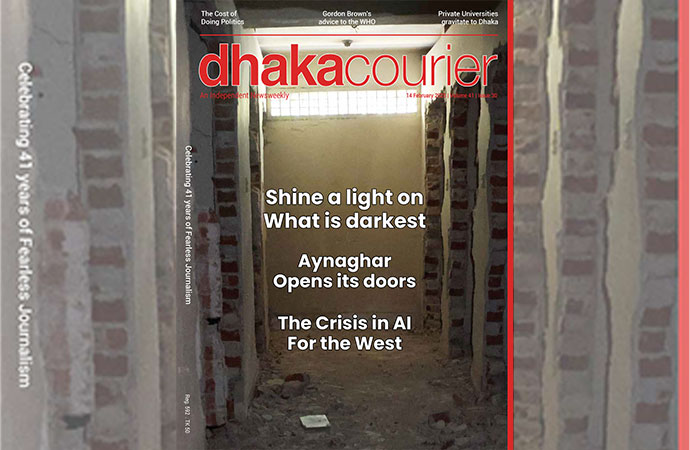

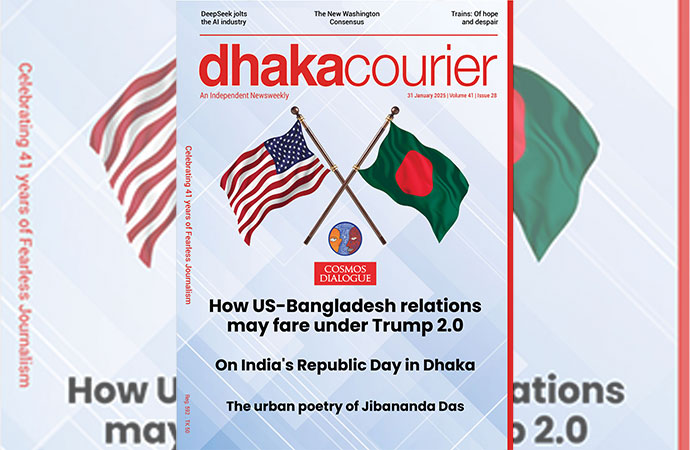
Leave a Comment
Recent Posts
“My Ekushey Padak award is ded ...
This year, the government awarded the Ekushey Padak 2025 - the country ...
Biman is an inconvenient airli ...
I was on a flight of Biman from Dhaka to Bangkok on 28 February when B ...
Bangladesh’s art treasures deserve a global stage: C ..
The need for a consensus on the election
July uprising offers big opportunities for reforms, ..
Former Dhaka University professor Chowdhury Rafiqul ..